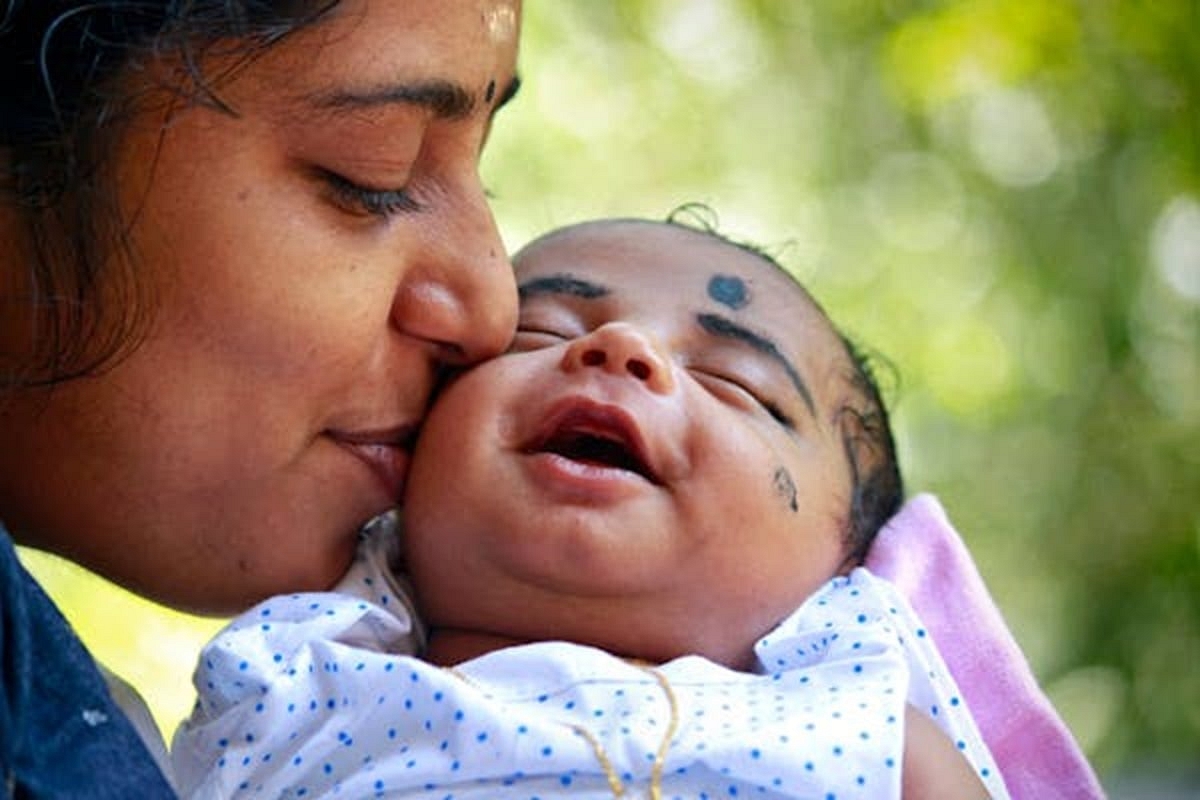Politics
“Zero Food” And The Art Of Deliberate Misrepresentation
- Misleading reports of India's 'zero-food' children are causing unwarranted alarm.

The misleading media narrative about 'zero food'.
On 5 March 2024, Kolkata’s The Telegraph carried an article with the headline “India's ‘zero-food’ children shame: 6.7m kids have nothing to eat for entire day”.
To support this assertion, the very first line of the article gave the impression that there are large number of starving children in India: “India’s prevalence of so-called “zero-food” children who have not eaten anything whatsoever over a 24-hour period, assessed through snapshot surveys, is comparable to the prevalence rates in the west African nations of Guinea, Benin, Liberia and Mali.”
This point is reiterated again later in the article with a line “Zero-food children are infants or toddlers aged between six months and 24 months who have not received any milk or solid or semisolid food over a 24-hour period.”
Anyone reading this piece would get an impression that a very large part of India’s infant population is starving. But dig deeper and you will find that the picture painted in the article is deliberately misleading.
Turns out that the above article is based on a study titled “Prevalence of Children Aged 6 to 23 Months Who Did Not Consume Animal Milk, Formula, or Solid or Semisolid Food During the Last 24 Hours Across Low- and Middle-Income Countries” published in JAMA Network Open in February 2024.
This study clearly defines ‘Zero food’ children as infants who have not eaten anything apart from breastmilk in the 24 hours prior to the survey.
The study found that in India, about 81 per cent of the children were reported to have some complementary food apart from breastmilk in the 24 hours prior to the survey, whereas the rest did not.
This does not mean that the “zero food” infants were without any food (they were consuming breast milk) or that they were not getting any complementary food at all! In fact, it is likely these infants also occasionally consumed complementary food but had not consumed it in the previous 24-hour cycle.
World Health Organization (WHO) recommends that complementary feeding including solid, semi-solid and soft foods be introduced at six months of age while continuing to breastfeed.
The guidelines by WHO also state that children who are still breastfed after one year of age should meet a substantial portion of their energy needs beyond the breast milk in their diet.
We have no quarrels about this. In fact, this is very much in line with our tradition of ‘Annaprashana’ (known by different names across India) where an infant is fed grain, usually rice, for the first time. The ceremony usually happens between the age six and nine months.
We are not debating here whether complementary feeding is necessary or not. The purpose of our article is to demonstrate how adventurous wording by attention-seeking academics is further sensationally reported by media. This is deliberately misleading.
In this case, for instance, the researchers coined the term ‘Zero-food’ children while excluding the feeding of breastmilk, despite the fact that even WHO notes that it does fulfil significant portion of food requirements of children. To be fair, the authors do clarify this in the paper, however the term itself is misleading and obviously meant to grab eyeballs.
Next, media reporting stretches the term to categorise this as a case of starvation. For instance, notice the clever addition of word ‘whatsoever’ in the first line of the above mentioned The Telegraph article, disregarding the clarification from the study that zero-food definition excludes breastmilk.
Note that this particular case of misrepresentation is a repeat offence. It came up first when a similar study of estimating “zero-food” children in India was published in March 2013 in the Lancet journal.
At that time, a commentary was written in response by a group of professors from International Institute for Population Sciences (IIPS), the agency which conducts National Family Health Survey that provided the basis of the paper.
They pointed that the concept of zero-food as defined in the Lancet study was misleading as it excluded the breastmilk out of the definition of food. This creates unwarranted alarm among readers and policy makers as it is capturing only lack of complementary feeding, not an absolute lack of food.
Another key insight from the commentary was that about two-thirds of the infants who did not receive complementary feeding were within the age group of six months to one year. This age group is young enough that it can rely mostly on breast milk with only occasional complementary feeding.
The point of this article is that one has to be careful while reading such sensational reports. Moreover, as we saw above, this is not a one-off case but has become a common enough phenomenon where academic showmanship combined with ‘click bait’ media reporting has created misleading impressions. It is not possible to counter every such instance but we felt it was important that the issue be brought to general attention.
Support Swarajya's 50 Ground Reports Project & Sponsor A Story
Every general election Swarajya does a 50 ground reports project.
Aimed only at serious readers and those who appreciate the nuances of political undercurrents, the project provides a sense of India's electoral landscape. As you know, these reports are produced after considerable investment of travel, time and effort on the ground.
This time too we've kicked off the project in style and have covered over 30 constituencies already. If you're someone who appreciates such work and have enjoyed our coverage please consider sponsoring a ground report for just Rs 2999 to Rs 19,999 - it goes a long way in helping us produce more quality reportage.
You can also back this project by becoming a subscriber for as little as Rs 999 - so do click on this links and choose a plan that suits you and back us.
Click below to contribute.
Latest